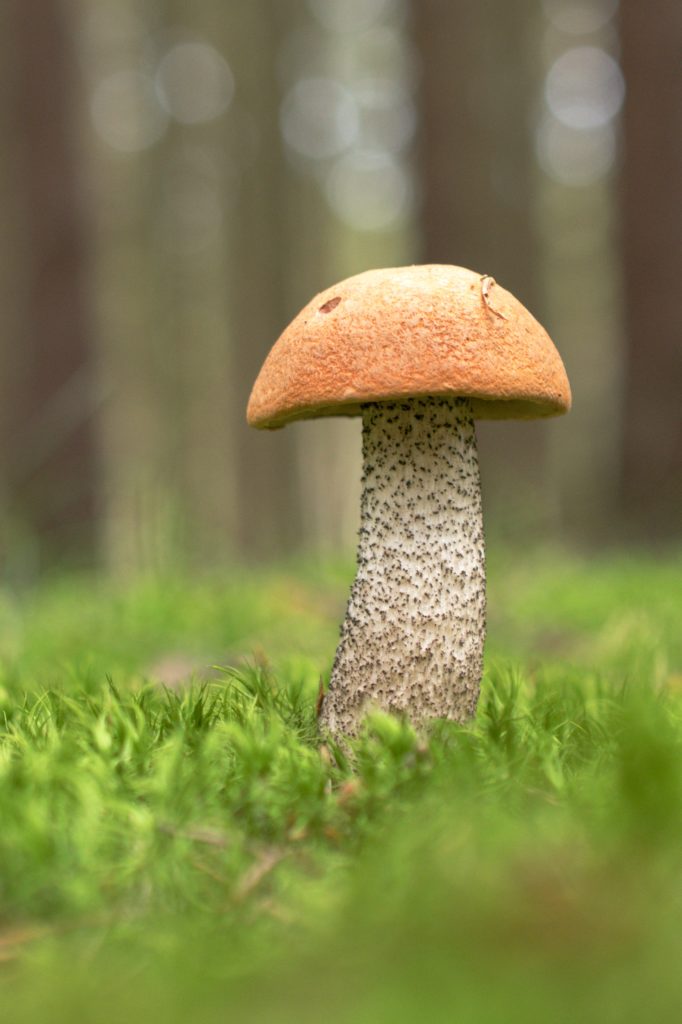Czech scientists were involved in deciphering 135 fungal genomes. Among them is boletus edulis or pink toadstool.
An international team of scientists, whose work also involved experts from the Institute of Microbiology of the Academy of Sciences of the Czech Republic, deciphered the genetic information of 135 fungal genomes. A study published this month in the journal Nature Communications also described 62 new genomes of so-called mycorrhizal fungi that help roots get nutrients from the soil. The data will help scientists find out how symbiosis between fungi and plants has developed.
 Symbiotic, mutually beneficial, coexistence of fungi and trees is very common in nature. It is estimated that it affects about 90% of all plant species. Plant root cells and fungal fibers (mycelia) form a functional organ through which fungi can obtain organic matter from plants, in particular carbon, and plants in return nutrients from the soil, such as nitrogen, phosphorus and other trace elements. While mycorrhizal fungi cannot exist without this symbiotic relationship, plants can do without fungi in soils where there are enough nutrients.
Symbiotic, mutually beneficial, coexistence of fungi and trees is very common in nature. It is estimated that it affects about 90% of all plant species. Plant root cells and fungal fibers (mycelia) form a functional organ through which fungi can obtain organic matter from plants, in particular carbon, and plants in return nutrients from the soil, such as nitrogen, phosphorus and other trace elements. While mycorrhizal fungi cannot exist without this symbiotic relationship, plants can do without fungi in soils where there are enough nutrients.
The decipherment of the genetic information of dozens of fungal genomes, which has now been achieved by an international team of scientists, helps to understand how mycorrhizal fungi adapt to coexistence with the plant. The analysis of the genome of fungi, including the mushroom toadstool or the toadstool popular with the Czech mushroom picker, showed that the interdependence between plants and fungi is very strong. Thanks to it, it is possible for plants to thrive even in soils that are poor in nutrients.
Illustration photo: Birch flint (leccinum versipelle), an example of a mycorrhizal fungus,
PHOTO: Tereza Vlková, Institute of Microbiology AS CR
“The fact that the symbiosis between plants and fungi arose repeatedly in evolution shows how beneficial it is for both partners. Although plants pay a high price for coexistence with fungi – often up to one third of all carbonaceous substances formed – this cooperation is still beneficial for them, “says Petr Baldrian from the Institute of Microbiology of the Academy of Sciences of the Czech Republic.
Odkaz na článek
Miyauchi, S., Kiss, E., Kuo, A. et al. Large-scaleLink to the article genome sequencing of mycorrhizal fungi provides insights into the early evolution of symbiotic traits. Nat Commun 11, 5125 (2020).


